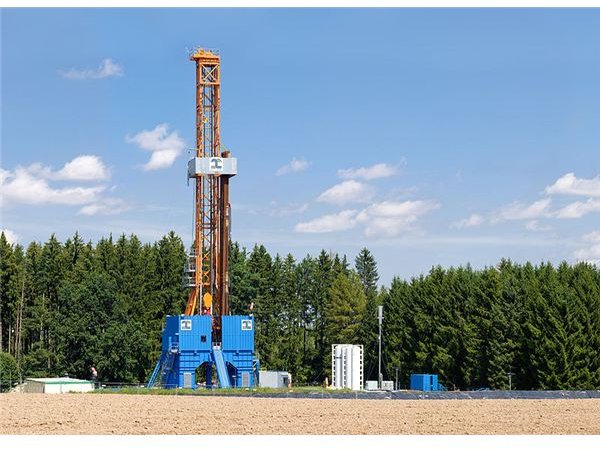How to Treat Drill Foam for Reuse
Drill Foam and Its Use in Drilling
When a gas and a liquid are mixed in a container and shaken, the gas disperses in the liquid and forms foam. Drilling with foam is considered a very versatile method of drilling using lower pressures. The bubble structure of the foam is compressible, and this increases its carrying capacity by over ten times as compared to that of a drilling system that depends only on liquids for removal of drilled detritus. Foaming agents are chemical compounds like alcohol ether sulfate, alkyl benzene sulfonate, or alpha olefin sulfonate. Most of these foams are biodegradable.
The drilling process is helped when compressed air is combined with foam. This is done by using small capacity pumps to inject the foam at low flow rates, so that bubbles are formed in the borehole. Drilling, especially in rock, can cause a lot of dust to be blown out of the hole by the compressed air, and this foam will damp down the dust and create better conditions for operators and the drilling equipment. The foam solution also helps to keep the walls of the hole clean and also prevents clogging of any water bearing fissures. This water helps the drilling action and also enhances the life of drill bits.
Drill foam is used along with polymer drill mud with an air supply whose flow is well controlled. This allows the loose material in the drilled hole to be lifted out of the hole.
Image source: Wikimedia
Reusing Drill Foam
Foams that are recycled can only reuse the water and chemicals that go into the buildup of the foam. The main advantage of this recycling is environmental as it is not necessary to use a pit to store the foam and water. The water and cuttings go through a separator where the solids are held in suspension before being sent to the shaker. The de-foaming process is carried out by alcohol which evaporates as it passes over a shaker. The primary object of the shaker is to remove the solids from the liquid. The pH change in the foam breaks it down into gas and liquid.
Before the treatment the foam contains 98 percent gas, and this requires breaking down for any effective treatment. This liquid is then treated to remove any oil by skimming it from a separator and pumping the liquid to a storage tank. This liquid does contain some of the chemicals of the foaming system, but these may need to be replaced before the treated liquid is again used for the drilling process. It is necessary to constantly test this treated water to determine the amount of chemicals that have to be added before the drill foam is reused. Methods have to be found to dispose of the solids obtained from this recycling process. Such solids can be used in land farming or landfill activities, but all these require very stringent testing so that any detrimental items in the solids are removed.
References
Drilling fluids processing handbook (Google Books)
